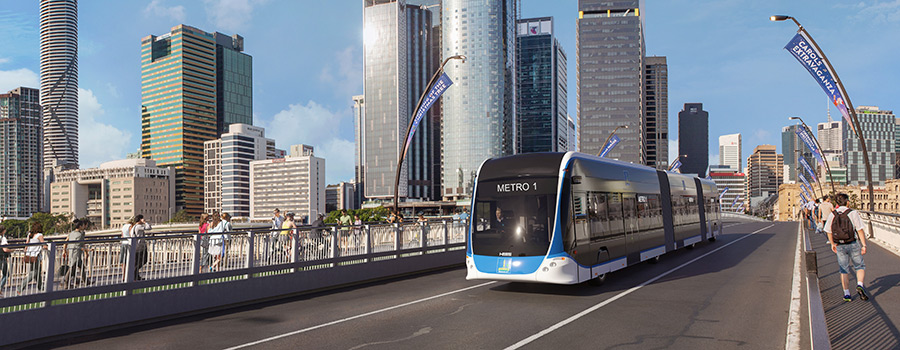kEiThZ
Superstar
Zum has been around for about 10 years and they are already planning to replace parts of it with an LRT.
For some reason you see this as failure, when the rest of us see this as success. It means ridership has grown to levels that support LRT. Albeit, in this case, it's literally a fraction of one corridor that is being converted mostly because of the city next door doing so. Züm is more than just Main St south of Shopper's World.
Here's the thing. London does not even have what Brampton currently has with Züm or what York has with VIVA, and they are claiming that they can't even afford those kinds of systems, but you keep insisting that they should build systems with much higher capacity at a much higher price. Easy to say when you're sitting in North Bay pounding away on a keyboard. But I'd be pretty pissed if I lived in a new subdivision along Wonderland and I got bupkis so that some Fanshawe College student could get a tram ride to downtown. "Oh hey. It's okay, you can sit in traffic for 20 years, till we can afford to get LRT to your hood." Reminds me of the talk of extending the RT to Malvern, when I went to high school there....in the mid 90s.







/https://www.thestar.com/content/dam/thestar/news/gta/2020/10/02/ttc-rolls-out-new-bus-only-lanes-heres-what-you-need-to-know/rl_buslanes_04.jpg)